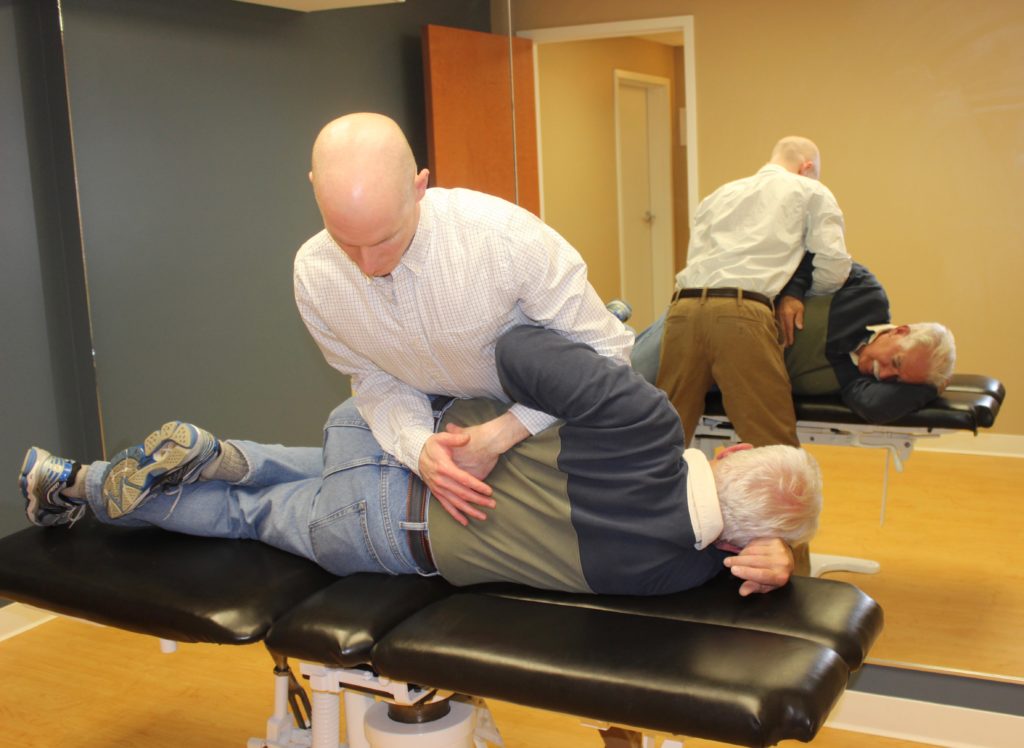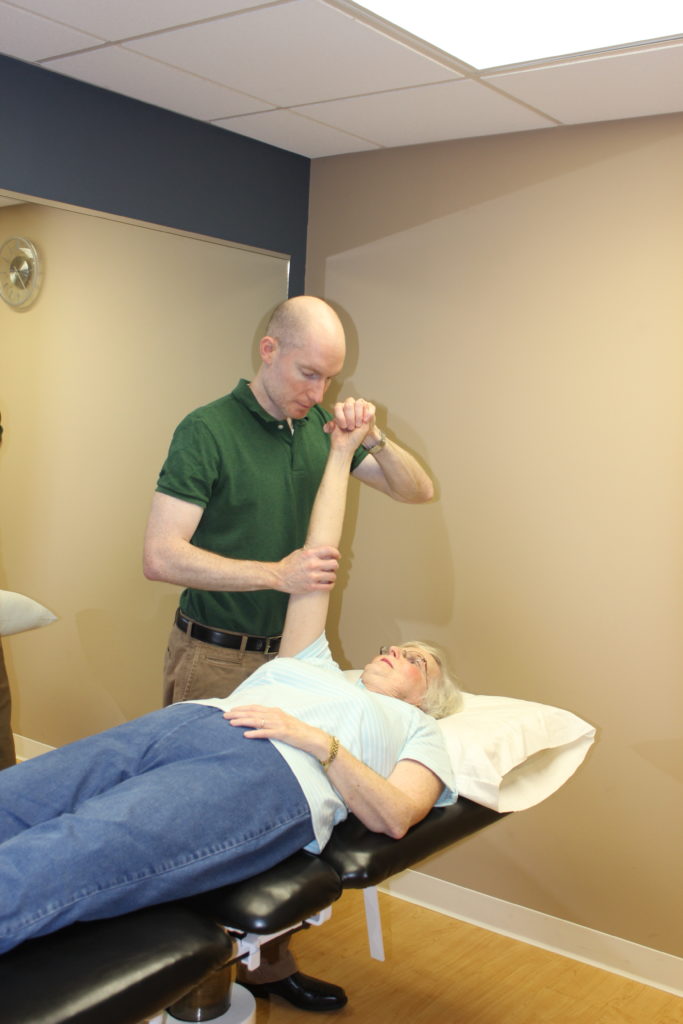October is National Physical Therapy Month. Over the next few weeks, I will be writing about various topics related to physical therapy. I want to begin this series with a brief outline of the history of the profession.
As far back as 460BC, Hippocrates and Galen were believed to perform treatments consistent with what is now known as physical therapy. These early practitioners included massage, manual therapy, and hydrotherapy in their treatment of patients.
Moving forward in time, Per Henrick Ling founded the Royal Central Institute of Gymnastics (RCIG) in 1813 in Sweden. This organized focused on manipulation and exercise. By 1887, Sweden granted official status to “physical therapists. Soon after Great Britain (1894), New Zealand (1913) and the United States (1914) followed suit.
Reed College in Portland, Oregon was the 1st to graduate “Reconstruction Aides” in 1914. Soon thereafter the 1st physical therapy school was developed at Walter Reed Army Hospital. A role of the early physical therapist was treating injured soldiers returning from WWI. Another important role served by these early pioneers was treating those with polio. In 1921, what is now known as the American Physical Therapy Association began as the American Women’s Physical Therapeutic Association led by Mary McMillian. In those early years as reconstruction aides the profession was exclusively female – men came into the profession in 1922.
Over then next few decades, the profession grew from basically a trade/apprenticeship profession that of a bachelors degree. Physical Therapist came to now be found in schools, rehab facilities, outpatient clinics, and on sports fields, not just in hospitals.
 Further specialization of the profession came in the 1974 with the creation of the orthopedic section for those interested in orthopedics. Since that time, there are now 9 recognized specialties in physical therapy.
Further specialization of the profession came in the 1974 with the creation of the orthopedic section for those interested in orthopedics. Since that time, there are now 9 recognized specialties in physical therapy.
Also since the mid-1970s, the profession moved into that of a master’s level degree and now finally to a doctorate level degree. Not only that, but there are opportunities for physical therapists to complete residency and even fellowship training just as doctors do. Physical therapists have the training to evaluate and treat individuals with neuromuscular conditions plus all the other factors that may come into play.
Physical therapist are becoming 1st line care providers for individuals with muscle and joint issues. Meaning…they can be the entry point to the medical system for things like muscle sprains/strains, neck/back pain, and many more issues impacting mobility or function.
